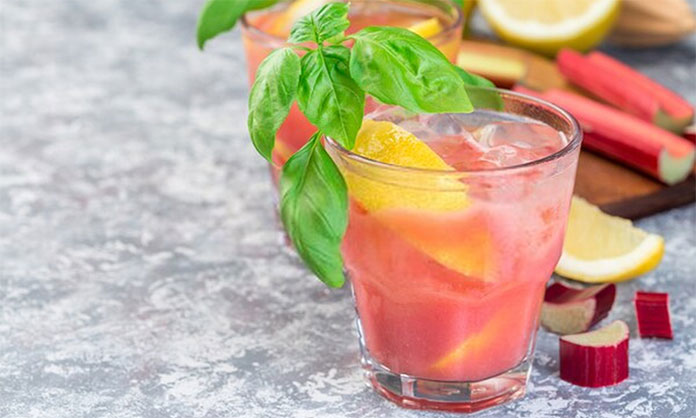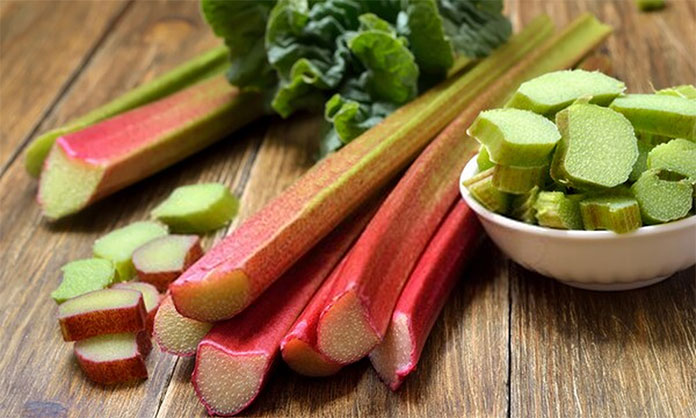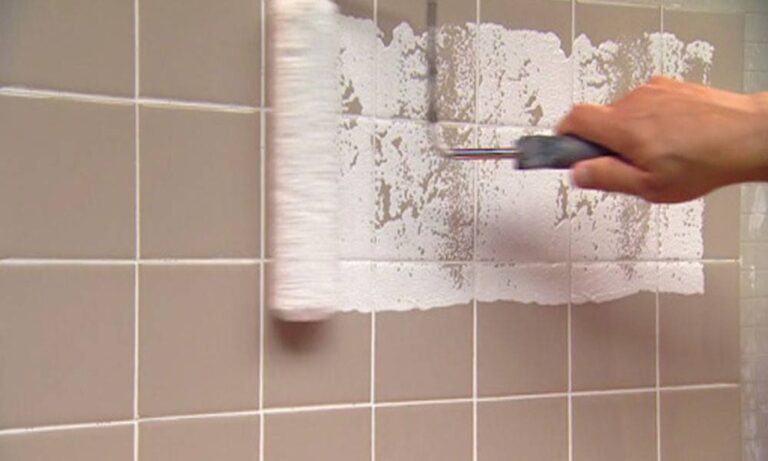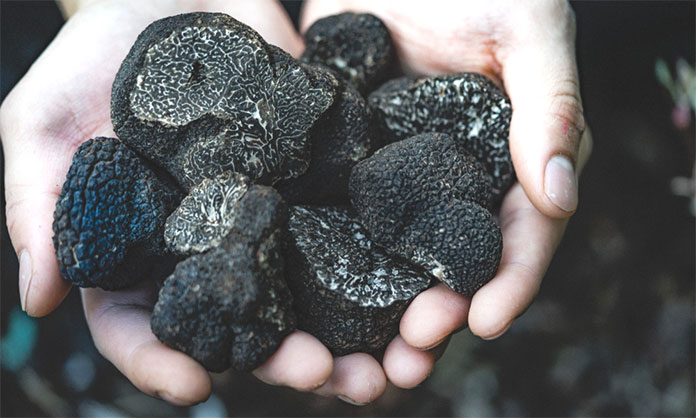What Does Rhubarb Taste Like? Is It Really Gross?
If you are unfamiliar with what rhubarb is or what does rhubarb taste like, then you are one of the many that wonder about it too. This strange plant confuses a lot of people with its taste and looks that they sometimes wonder if it’s gross.
More...
Don’t worry, it’s not. Rhubarb is found in several desserts but they’re also found in savory dishes and soups. It’s a unique ingredient. But is every part of this pretty plant edible? Does rhubarb even have any health benefits?
We’re here for you. With this guide, you’ll learn what you can do with rhubarb, what its health benefits are, and which parts can be eaten. We’ll also help you get to know what rhubarb is that by the time you’re done reading this, you’ll be able to distinguish what this plant is among other fruits and vegetables.
Contents
What Does Rhubarb Taste Like?
Although rhubarb is known to be 90% water, the plant still has its unique flavor. Rhubarb has a tart taste that matches well with sugar, hence why it’s a popular choice for desserts. It’s sour and bitter at the same time that it’s best eaten cooked or baked into desserts such as pies, jams, and even ice cream.
Rhubarb’s taste is akin to green apples. Their stalks have that juicy sour crunch. Rhubarb compliments well with fruits when baked into pies and other desserts.
Can you eat rhubarb raw? Yes, you can. But seeing that it has a very sour taste, no one wants to try and would rather eat rhubarb cooked. Those who have tasted it raw are probably the ones who think they’re gross. Kidding aside, rhubarb is best mixed with sugar to tame that sour and bitter taste.
What Is Rhubarb?

People are confused about what rhubarb is. Is it a vegetable or is it a fruit? Rhubarb’s classification is that of a vegetable. The reason why they’re always confused as fruit is because of its common usage in desserts.
Rhubarbs have thick stalks that resemble celery. It also has a unique color. Their leaves are green and their stalks are pink or light red, which makes this plant very pleasing to the eyes. Many find rhubarbs pretty although their leaves can be quite deadly. Rhubarb leaves have high levels of oxalic acid which are considered poisonous. Therefore the leaves are better left disposed of since they’re not edible.
Types of Rhubarb
There are so many types of rhubarb in the world. You don’t have to memorize most of them, but here are a few that’s quite common and fun to note:
Rhubarb Nutrition Facts And Health Benefits

You’d be surprised to know that a simple plant like rhubarb contains so many health benefits. For starters, rhubarb is known to be high in fiber. Eating a 2/3 cup of rhubarb can help maintain a healthy bowel movement. But do note that you should eat this in moderation since rhubarb can also have a laxative effect on your digestive system if you consume too much of it.
Rhubarb stalks also contain potassium, manganese, vitamin C, and vitamin K. It’s also low in calories making it a suitable plant for those going on a diet. But do be careful. Since it’s not enjoyable to eat it raw, you might want to add sugar, which then might lead to higher sugar content.
In conclusion, rhubarb is not gross. Rhubarb is a healthy vegetable and a great ingredient in making rhubarb crumble pie or rhubarb crisps. They liven up your desserts with a bit of tang that excites the taste buds.
How To Store Rhubarb Stalks
You may store your rhubarb stalks in your freezer or refrigerator. Here’s how:
1. Freezer
Seal your uncooked rhubarb stalks in a reusable plastic bag and place them in the freezer. They should be good for up to 6 months.
2. Refrigerator
Raw rhubarb can last for just a few days in your refrigerator’s crisper so make sure to store them in that drawer rather than in your refrigerator’s shelves where it might wilt even more.
Cooked rhubarb will last longer. Just seal it in an airtight container in your refrigerator as well.
So the next time you think, what does rhubarb taste like and wonder if you should even try making it into a pie, we hope you do so. Not only will you be discovering something new, but you’ll also get a healthy dose of those vitamins and other nutritional facts mentioned above.



